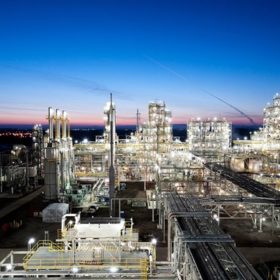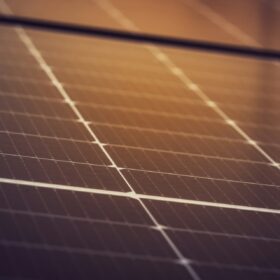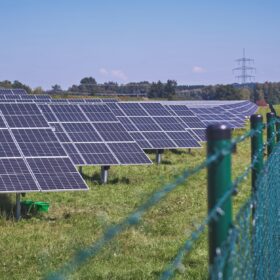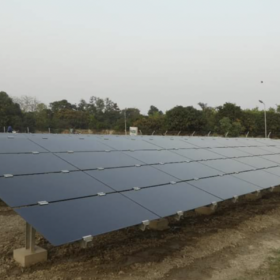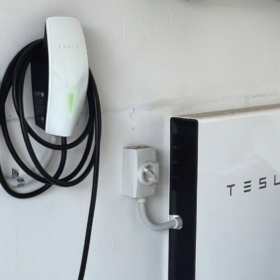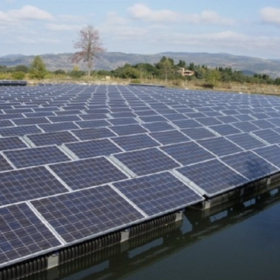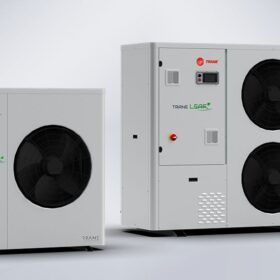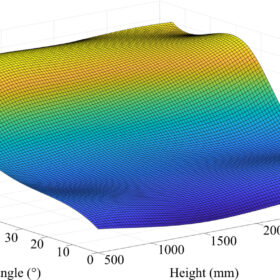REC Silicon to shut down polysilicon business in Montana
REC Advanced Silicon Material LLC is shutting down one of its two polysilicon production facilities in the United States. It says the decision is primarily due to regional structural imbalances in supply and demand for electricity.
DNV validates Solcast’s satellite irradiance data as bankable
Energy consultancy DNV has published a data validation and methodology review of solar irradiance data provider Solcast, a company it acquired early last year. The review found that the forecasting specialist’s figures are “at or above industry standards.”
Veolia to roll out 300 MW of solar on landfills in France
Veolia plans to develop more than 40 solar projects on restored landfill sites in France amid dire shortage of suitable land for renewables development. The company expects the first plants to be operational by 2027.
Blended finance key to scaling small-scale solar projects
The Institute for Energy Economics and Financial Analysis (IEEFA) and auctusESG say in a new report that scaling up financing for renewable energy assets such as solar minigrids depends on the combination of private and public capital in a risk-adjusted return structure.
Super Bowl to be hosted in first 100%-renewables stadium
Allegiant Stadium in Las Vegas, Nevada will make history next week as the first National Football League (NFL) stadium powered entirely by renewables to host the Super Bowl. It achieves 100% renewable energy usage with 10 MW of off-site solar power, alongside wind, geothermal, and hydroelectric resources.
Australian EV fast-charging sites set to double in 2024
Next System, a clean-tech research company, claims there will be a further doubling of public fast-charging sites in Australia in 2024. It says the number of electric vehicle (EV) charging stations throughout the country almost doubled in 2023.
Larsen & Toubro wins 75 MW floating solar project
Larsen & Toubro, an Indian engineering, procurement, and construction (EPC) specialist, has secured a contract to build a 75 MW floating solar plant on a dam in India.
Trane debuts air-to-water heat pumps
The new products use propane (R290) as a refrigerant and have heating and cooling capacities ranging from 8 kW to 30 kW.
Yaskawa Solectria Solar to exhibit US-made utility-scale inverters
Yaskawa Solectria Solar, in partnership with panel manufacturer First Solar, has developed utility-scale inverters to reduce degradation rates.
The effect of height, tilt angle, and temperatures on floating PV performance
A research team studied factors influencing floating PV efficiency and energy production and determined the optimal tilt and height to achieve lower cell temperatures compared with land-based PV.
